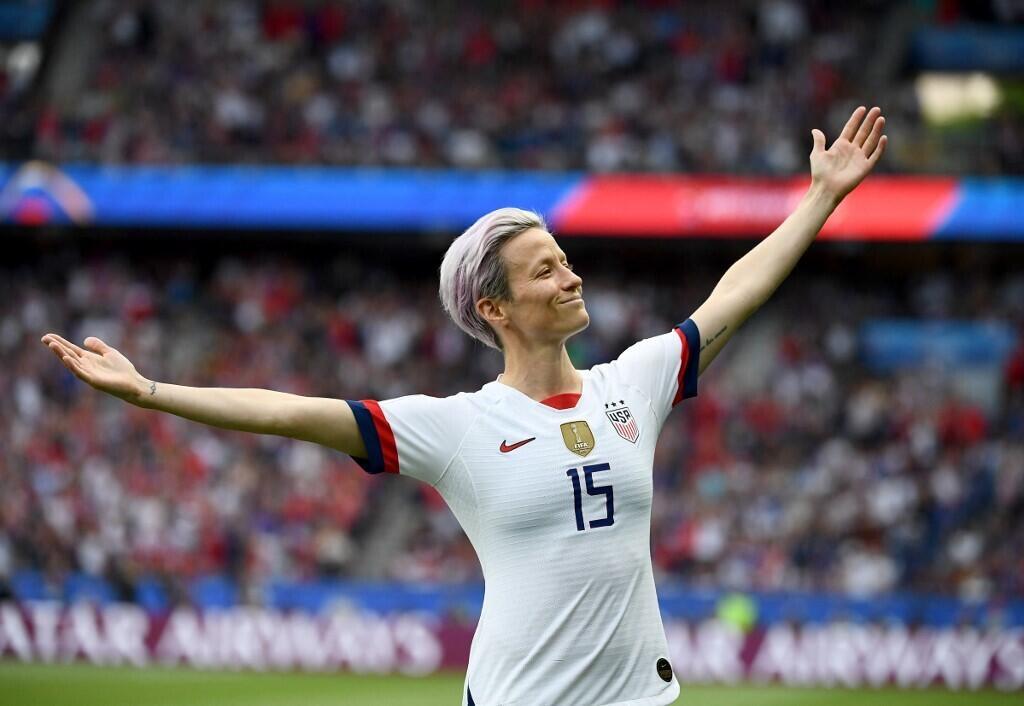The Paris Olympic and Paralympic Games are fast approaching. The opportunity to look at the place of women in sport and its evolution in recent decades on the occasion of International Women’s Rights Day this March 8.
4 mins
This summer, in Paris, Olympic Games will achieve, for the first time in their history, parity in terms of participants. In the French capital, there will be exactly the same number of competitors.
However, the road was long. In 1912, Pierre de Coubertin declared that “ at the Olympics, the role of women should be, as in ancient tournaments, to crown the winners “. And for the 1924 edition in France, only 5% of the competing athletes were women. Since then, the numbers have continued to increase and at the 2021 Tokyo Olympics, there were 49% women among the approximately 11,000 athletes. The participation of women in the biggest international competition is no longer a debate.
Conquer the right of access to national sports federations
The first real fight for women was to win the right of access to national sports federations to obtain a license and then participate in international competitions. It was not until 1970 that women could be licensed in the French Football Federation. The first women’s tournament at the Olympics dates from 1996 in Atlanta. And the first historic final between China and the United States was not even broadcast by NBC!
The first World Conference on Women and Sport was held in 1994 in Brighton, United Kingdom. The resulting declaration notably advocated fairness and equality in society and sport, the creation and management of sports facilities meeting the needs of women, and an increase in the number of women taking on coaching roles. , advisor, decision-maker, or even the allocation of resources to athletes and programs intended to encourage women to practice sport.
Maternity leave in cycling
Outside of the Olympic Games, social gains have also been achieved through a long and difficult struggle. For example, it was not until 2020 that professional cyclists finally benefited from paid maternity leave during their career. Each professional formation belonging to the women’s World Tour (first division) will have to pay its cyclists for at least eight months. For three months, a runner will be paid 100% of her salary, and she will be paid 50% for the other five months.
Until then, runners were not paid if they wanted to have a child. In addition, they were not guaranteed to find a contract immediately afterwards. “ This demonstrates our desire to support women’s cycling in general, confided David Lappartient, president of the International Cycling Union, at the time. We want to ensure that women cyclists can have real rights, like men. Today, we are still far from it, both in terms of salaries and all rights. It was time for things to evolve. » Today, women’s World Tour teams are now required to establish a minimum salary.

Agreement ” historical » in women’s football in the United States
Regarding remuneration, a small step has been taken in the world of football, at least in the selection. In May 2022, the American Football Federation announced that it had reached an agreement “ historical » with the player associations of its selections. This promises equal pay between the women’s team and the men’s team. “ The two collective agreements, which will run until 2028, make it possible to achieve equal salaries through identical economic conditions », Details the federation. The federation (US Soccer) has been sued since 2019 by the female football star Megan Rapinoe who campaigned for financial equality in selection.
Today, other federations have the same treatment between the two sexes. In England, Brazil, Norway and Spain, for example, the bonuses (in level or share) and the selection conditions for footballers have been aligned. In 2023, Wales is the latest nation to join the movement.
Salary inequality in sport between male and female athletes still remains a major problem.
